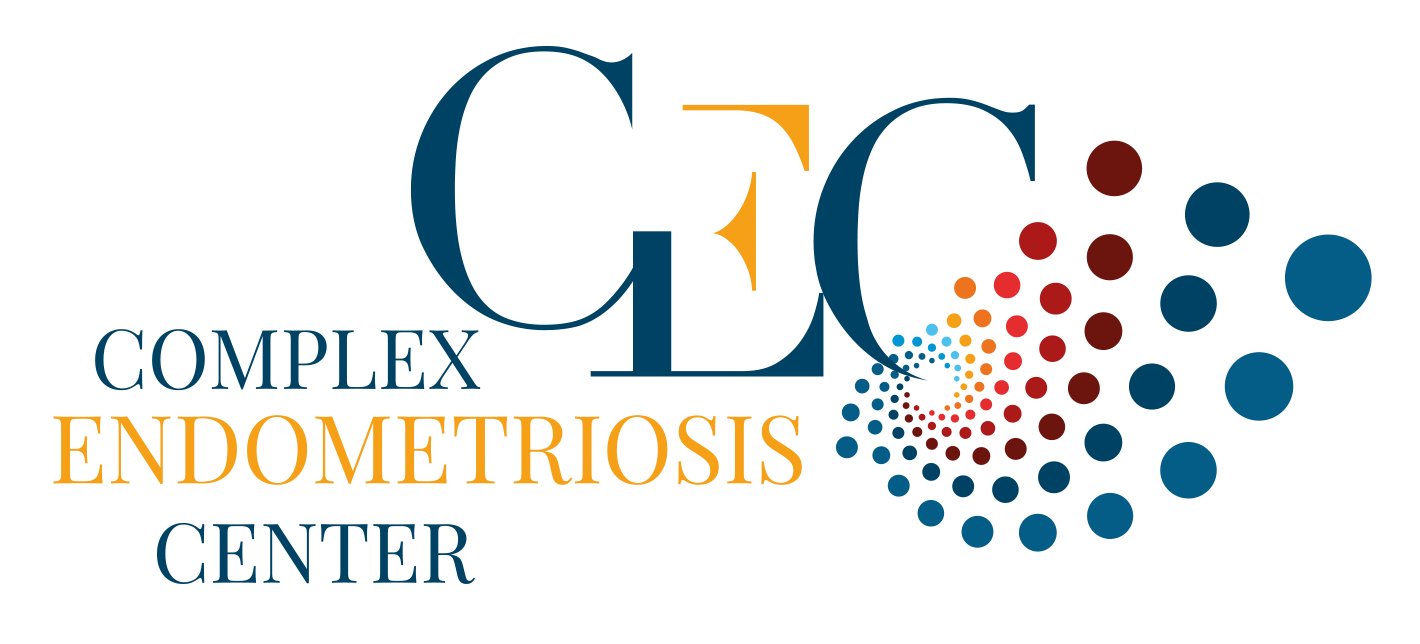Endometriosis is a gynaecological disease that affects around one in ten women worldwide. It is manifested by the growth of tissue similar to the lining of the uterus, the endometrium, outside the uterus.
Women with this condition suffer severe pain, menstrual irregularities and fertility complications, as well as potentially digestive and urinary pain.
When drug treatments fail to control symptoms and relieve pain, surgery may be considered. There are different surgical options for treating endometriosis, depending on whether it is deep-seated, ovarian, internal or peritoneal.
The Complex Endometriosis Center and its specialized surgeons are masters of these operations: laparoscopy, conservative surgery, hysterectomy or even the use of the CO2 laser in laparoscopic surgery.
1. Laparoscopy
Laparoscopy is generally the first surgical option considered for the treatment of endometriosis.
This is a minimally invasive surgical technique that allows the surgeon to access the pelvic cavity through small incisions. An instrument called a laparoscope, fitted with a camera, is inserted into the abdomen to provide a clear view of the uterus, ovaries and other pelvic organs.
Endometriotic lesions can then be removed or destroyed by excision or thermal ablation (CO2 laser).
This method offers a number of advantages, including reduced post-operative pain, lower risk of complications and faster recovery than open surgery.
In addition, in the vast majority of cases, laparoscopy enables fertility to be preserved, which is essential for many women.
2. Conservative surgery
Conservative surgery consists of removing the endometriosis implants while preserving the reproductive organs.
This surgical approach is particularly relevant for patients who wish to retain their ability to procreate. It may involve several techniques, including laparoscopy, to excise endometriotic tissue while minimizing damage to surrounding healthy tissue.
The success of this surgery depends on the extent of the disease and the skill of the surgeon. A thorough pre-operative assessment is crucial to effective planning of the operation, and to increasing the chances of preserving fertility and reducing symptoms in the long term.
3. Hysterectomy
For severe cases of endometriosis, or when other treatments have failed, hysterectomy is a last resort.
This surgical procedure involves removal of the uterus and, depending on the case and type of endometriosis, also the ovaries and fallopian tubes. Hysterectomy is a radical solution that is generally reserved for patients who do not wish to have children, or for whom pain and other symptoms significantly affect their quality of life.
However, hysterectomy does not guarantee a complete cure for endometriosis, as lesions may remain or develop in other pelvic tissues. Hence the importance of using surgeons who specialize in endometriosis operations to give the surgical treatment every chance of success.
4. CO2 laser technique in laparoscopic surgery
The use of the CO2 laser in laparoscopic surgery represents a genuine innovation in the surgical treatment of endometriosis.
This technology delivers precise vaporization of endometriotic lesions with improved control and less damage to surrounding healthy tissue. The CO2 laser also offers the advantage of effective coagulation, reducing the risk of bleeding during and after the operation.
The CO2 laser is particularly useful for excising deeply infiltrating lesions and performing precise procedures with less disruption to adjacent organs and tissues. This method improves symptoms and quality of life, with a potentially lower recurrence rate.
The expertise of the Complex Endometriosis Center in the surgical treatment of the disease
In the fight against endometriosis, surgical options must be adapted to the diversity and severity of cases encountered.
At the Complex Endometriosis Center, our specialized surgeons master a wide range of techniques to respond effectively to each specific situation and form of endometriosis.
Minimally invasive procedures such as laparoscopy and conservative surgery are preferred to preserve fertility as much as possible and minimize physical impact.
Hysterectomy remains an option for the most severe cases, while the innovation of the CO2 laser in laparoscopic surgery offers greater precision, reduced risks and improved long-term results.
These cutting-edge techniques reflect CEC's excellence in care and underline our expertise in the diagnosis and treatment of this painful and disabling condition, with the aim of significantly improving our patients' quality of life.
